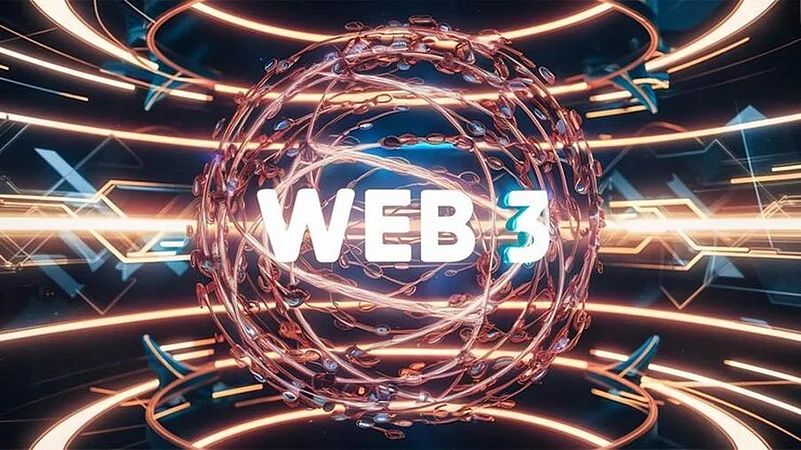In the early days of the internet, social media emerged as a revolutionary force—connecting people worldwide, amplifying voices, and transforming the way we share ideas. As the platforms gained power, however, so did concerns regarding privacy, censorship, ownership of data, and centralization. Today, we are on the brink of another major shift: the dawn of Web3 social media platforms. These next-generation platforms seek to redefine our online lives, placing users—not corporations—at the center of control.
Understanding the Shift from Web2 to Web3
Web2, the internet we use today, is fueled by user-generated content but controlled by centralized corporations. Every like, comment, and share we share helps build platforms that profit from our data. This model has created problems of digital surveillance, algorithmic control, content control, and unfair monetization models where users create value but barely get compensated.
Web3, on the other hand, suggests a decentralized manner of things. On the basis of blockchain technology, Web3 platforms have no single ownership or being owned by a few decision-makers. Instead, they are operated on open-source protocols where people can be involved in governance, own their own data, and even get rewarded for being part of the network contributors.
The Pillars of Web3 Social Media
What distinguishes Web3 social networks is their architecture. They are built on decentralized networks, where data is shared across nodes rather than one server. This prevents a network from being shut down or seized by one party. More importantly, these networks typically give self-sovereign identity—i.e., users can create and manage their own profiles independent of any corporation.
Moreover, open interactions and monetization frameworks through smart contracts (self-executing pieces of code that execute on the blockchain) are enabled. For instance, content creators receive tokens directly from their followers without the need for advertisers or intermediaries. Individuals can also be rewarded for engagement, moderation, and even taking part in decisions, like voting on platform features or content regulations.
Why Web3 Social Media Matters
The move to Web3 isn't technical in isolation—it's ideological. It shifts the digital communication norm away from the status quo toward transparency, privacy, and fairness. The users are no longer just content consumers but owners of the platforms they use. Such ownership generates greater engagement and community building that's less manipulable or censurable.
The most significant benefit of Web3 social media is data ownership. Under this new paradigm, the users are in charge of how the data will be utilized, who views it, and whether they wish it to be monetized. This is a big improvement over ad-based paradigms of Web2 in which the person's data simply gets sold without permission.
Web3 platforms provide greater freedom of expression as well. Moderation still happens, but it is often driven by community consensus and not corporate aspirations. This implies there is a freer and more democratic online space where marginalized communities can thrive without fear of algorithmic silencing.
Challenges on the Road Ahead
Though the promise is enormous, Web3 social media is in its very early stages. Scalability is a problem, with blockchain networks still far from matching the speed and convenience of traditional options. User interface is a problem as well—most Web3 apps require expert technical know-how that might scare off the average user. Interoperability, content moderation, and regulatory ambiguity are concerns as well.
Also, the idea of decentralization, as appealing as it is, can lead to fragmented experiences if handled improperly. Without centralized controls, there is the potential for toxic content to spread or disinformation to thrive, especially if communities lack the ability to responsibly self-regulate.
The Way Forward
The future of social media is not necessarily an overnight revolution but gradual development. Web3 platforms are pushing the boundaries of what is possible on the internet, stimulating a long-overdue debate on ethics, equity, and empowerment in the digital age.
As increasingly people move away from central authority and secretive data practices, the Web3 model holds out a vision of hope: one in which users have real choices, real ownership, and a voice within the systems in which they participate.
Social media here is not merely a platform—it is a public space, by and for its users, and subject to their governance.














